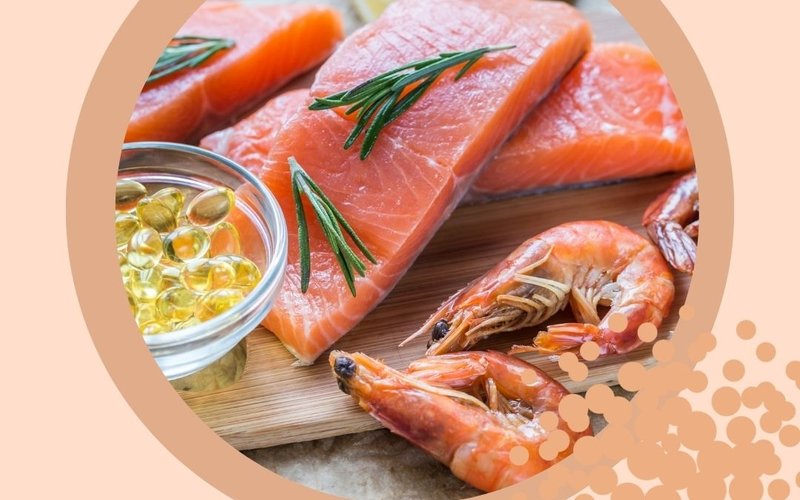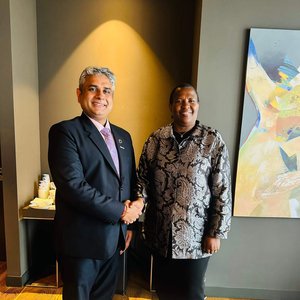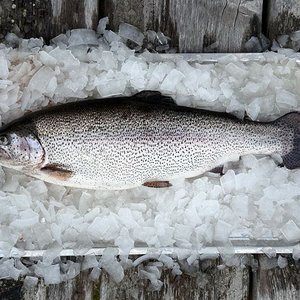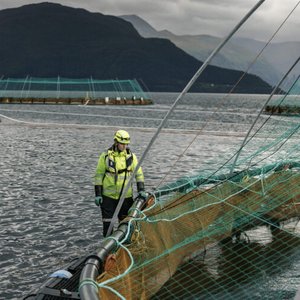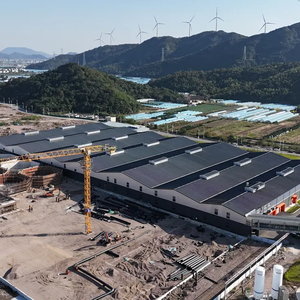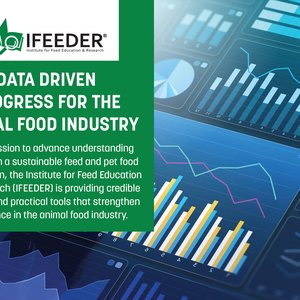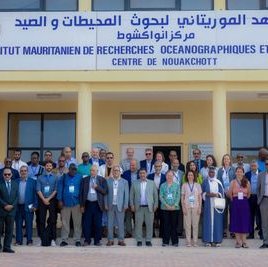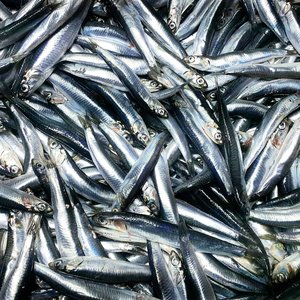A new peer-reviewed paper offers an analysis of how circular principles can be applied to ingredient selection for aquafeed formulation. The study, led by Brett Glencross, IFFO’s Technical Director, along with a team of seven scientists and industry representatives, highlights the need for a more comprehensive and holistic approach to sustainable feed and food production.
The paper builds on the European Feed Manufacturers' Federation (FEFAC)’s circularity framework, structured around four key pillars:
- Minimizing the use of food-grade resources as feed
- Reducing reliance on land use
- Maximizing the use of locally sourced ingredients
- Optimizing the nutritional characteristics of feed ingredients
Lifecycle assessment methodologies: Comparing apples with apples
Glencross commented that "one of the key drivers of circularity is the need to improve the sustainability of feed ingredient use. This review demonstrates that a more comprehensive approach to sustainable feed and food production is possible, particularly through life cycle assessment (LCA) methodologies. By applying a common, agreed set of rules, we can ensure that environmental burdens are not simply transferred from one product to another.”
LCA data shows that marine ingredients have a lower carbon footprint than many other ingredients, and reducing their inclusion increases the carbon footprint of aquafeeds.
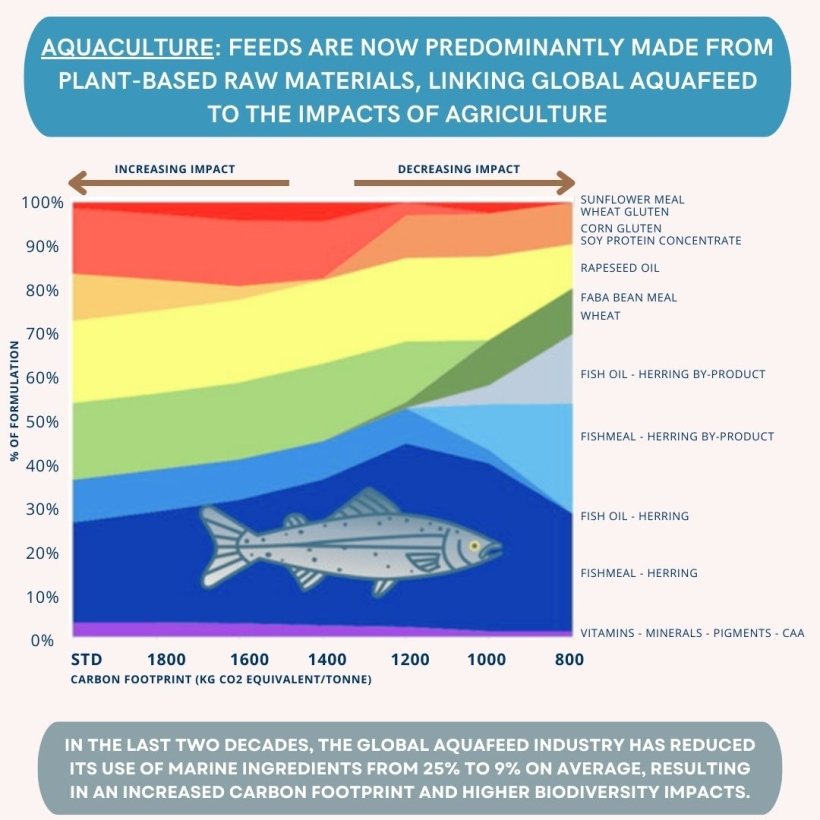
Today’s aquafeeds are made from a combination of 40+ ingredients
The paper underscores that aquaculture feeds are now predominantly composed of plant-based raw materials. This shift has significantly reduced reliance on marine ingredients from 25% to 9% on average in the last two decades, but has also linked global aquafeed production to the broader social and environmental impacts of agriculture, including increased biodiversity impacts and carbon emissions.
Today, over 40% of the raw material used for marine ingredient production comes from fish byproducts, which originate from both wild-caught fish and aquaculture processing. Growth in aquaculture will result in growth in marine ingredient production from byproducts.
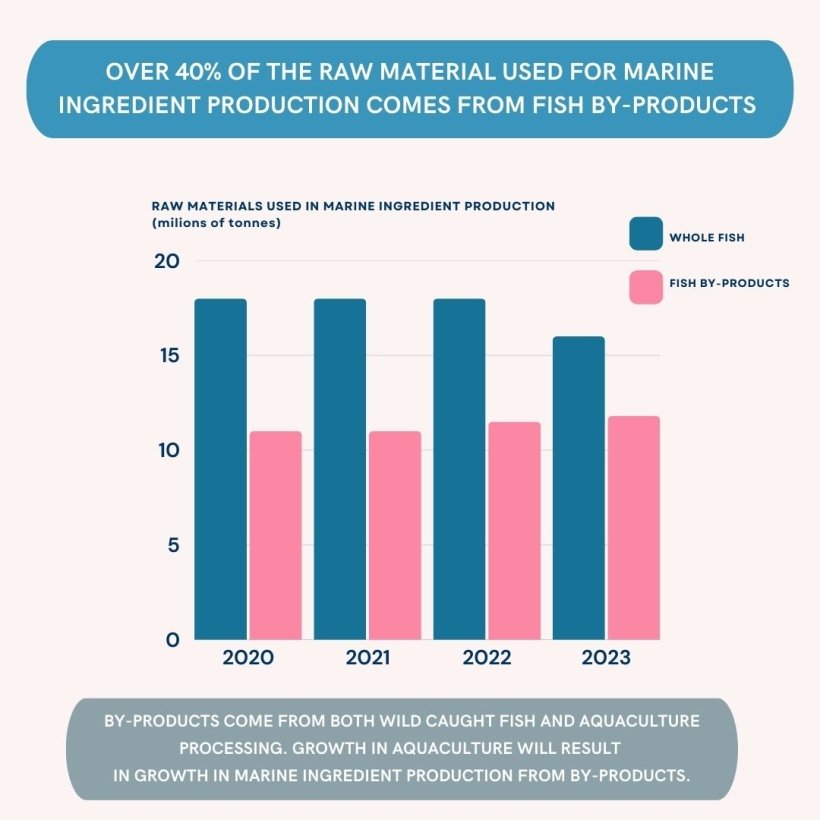
Imperative requirements for additional sources of circular feed ingredients
Circular feed ingredients are needed, but they need to follow a complete characterization process, including digestibility, bioavailability, and consistency of supply. A general target for commercial use should be >10,000 tonnes availability with a consistent supply and nutrient composition. “There is no point in producing a circular feed ingredient if its nutritional characteristics undermine the capacity to formulate a nutritious and balanced feed,” the authors noted.
The paper also explores the potential of marine bioactive compounds derived from waste streams (such as bioactive peptides, fish silage, and marine osmolytes), which can enhance feed performance. They have been the subject of extensive research in the past 30 years for their content of “unknown growth factors”.
The publication calls for coordinated efforts and collaboration across the value chain.
Reference:
Glencross, B., Bureau, D., Øverland, M., Simon, C., Valente, L. M. P., Gracey, E., & Zatti, K. (2025). Toward Applying a Circularity Framework Against the Use of Aquaculture Feed Ingredients. Reviews in Fisheries Science & Aquaculture, 1–14. https://doi.org/10.1080/23308249.2025.2552166


